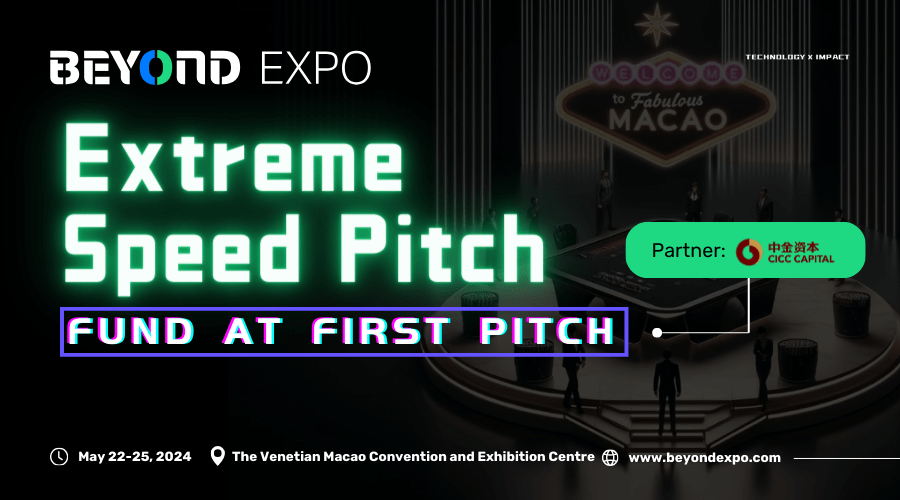Korea has traditionally been a powerhouse of manufacturing. Samsung, LG and Hyundai are formidable players in their respective industries globally and there are a myriad of smaller domestic companies that either support the big boys or have carved out their own niche. However, Korea has not traditionally been strong in software development, and this is now a national focus. From government directives, corporate strategy and a new breed of Korean tech startups, software is an area of intense developmental focus in Korea. But is it working?
Over the next few weeks I'll be looking at some of the developments in this fascinating space. While some industry insiders suggest that Korea will enjoy a boom time in IoT (internet of things) technology, others believe that this is being overhyped and that the country will continue to struggle to keep up with the pace of development in this area.
To get this series started I thought it prudent to first get back to basics: Hardware-Software Conversion Technology, Connected Devices, Smart Devices, Internet of Things are all buzz words in tech these days. But to understand progress in this industry I think it is first important to clarify what they all mean as this will also help us assess success levels in development of the industry in Korea. For the purposes of this research we will go with the following definitions, though I am very happy to update, based on feedback. At the top of the list are the most basic technologies.
Hardware-Software Conversion Technology: My wife recently purchased a device which automatically feeds our cat. It is not connected to the internet, but can be programed to perform certain actions. The device has inbuilt software that instructs the feeder to dump food, according to a programed schedule. In this type of device actions could be simple, such as feeding a cat 20g of food every six hours, to more complex actions such as reading air temperature with sensors and adjusting the air conditioning accordingly.
Connected Devices: A connected device is a piece of hardware that is connected to the internet. One of the most common example is a connected TV. You are able to view content from the internet, such as through pre-installed apps like Netflix, but cannot browse the internet. Another example is a health wearable, which sends data over the internet, but does not allow you to browse, so the internet experience is very limited.
Smart Devices: A smart device is one which is connected to the internet AND allows you to browse and interact with online content, other than purely through apps on the device. Smartphones are the obvious examples. Another example are Smart TVs which, by contrast to connect TVs, allow internet browsing as well as basic online content consumption.
Internet of Things: Devices in this category can perform 'smart' actions, based on analysis of data collected by the device. Rather than performing automatic actions, as in the case of my wife's cat feeder, IoT devices make intelligent decisions and change physical conditions in the real world. In this way the devices use algorithmic wisdom to make decisions and change real world ituations.
IoT Example: A car in the IoT age may have sensors that monitor tire wear and tear, and performs actions to replace the tire. Once the sensors assess that a tire needs replacing an onboard computer that is connected to the internet will send a message to a local auto-repair shop to schedule a tire change. You can even imagine a situation that the repair shop would arrange the tire change through your car's computer and arrange the tire change, without any interaction from the owner. As a further stage an automatic payment from your bank account might be arranged for the work, meaning that the entire process could be completed without any human interaction at all.
Smart Vs IoT: A smart fridge might tell the owner that the milk is finished and that he/she should order more. A fridge in the IoT age would actually order the milk, arrange for delivery and pay for it. In this situation there is no involvement from the owner, who could spend the time saved by his IoT home playing baseball with his son (or doing more office work). The potential for IoT is clearly huge, and exciting.
In my next post in this series (due out next week) I will look at some of the most progressive and interesting startups in the hardware space in Korea.
Want to learn more about what IoT is? Check out this white paper from Cisco.






